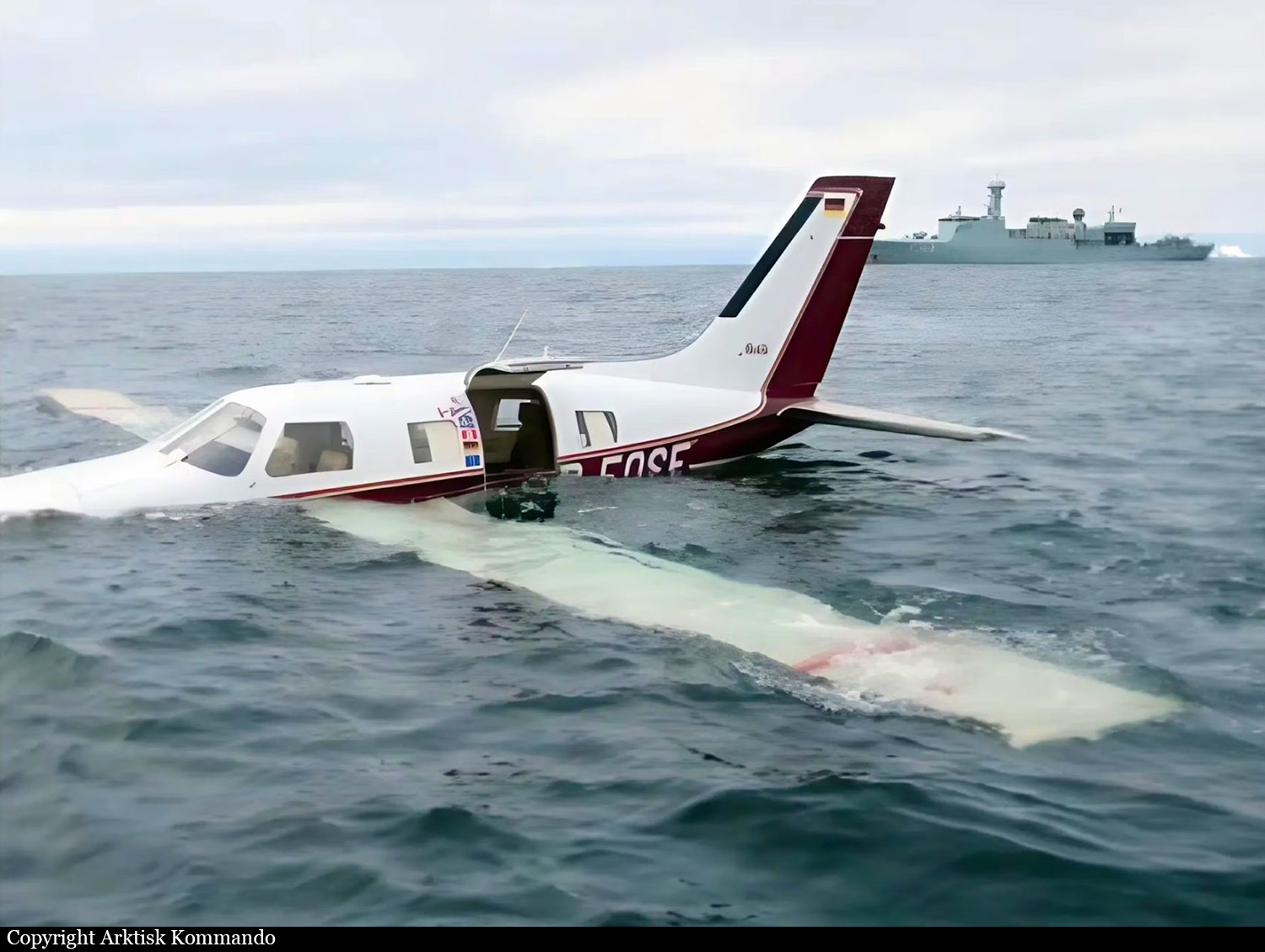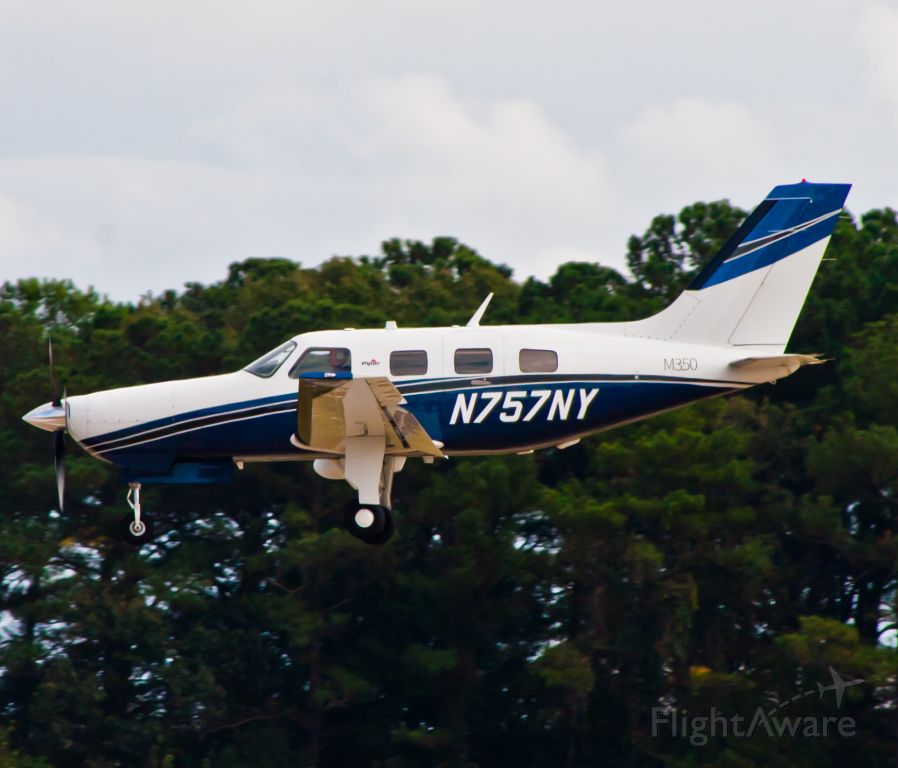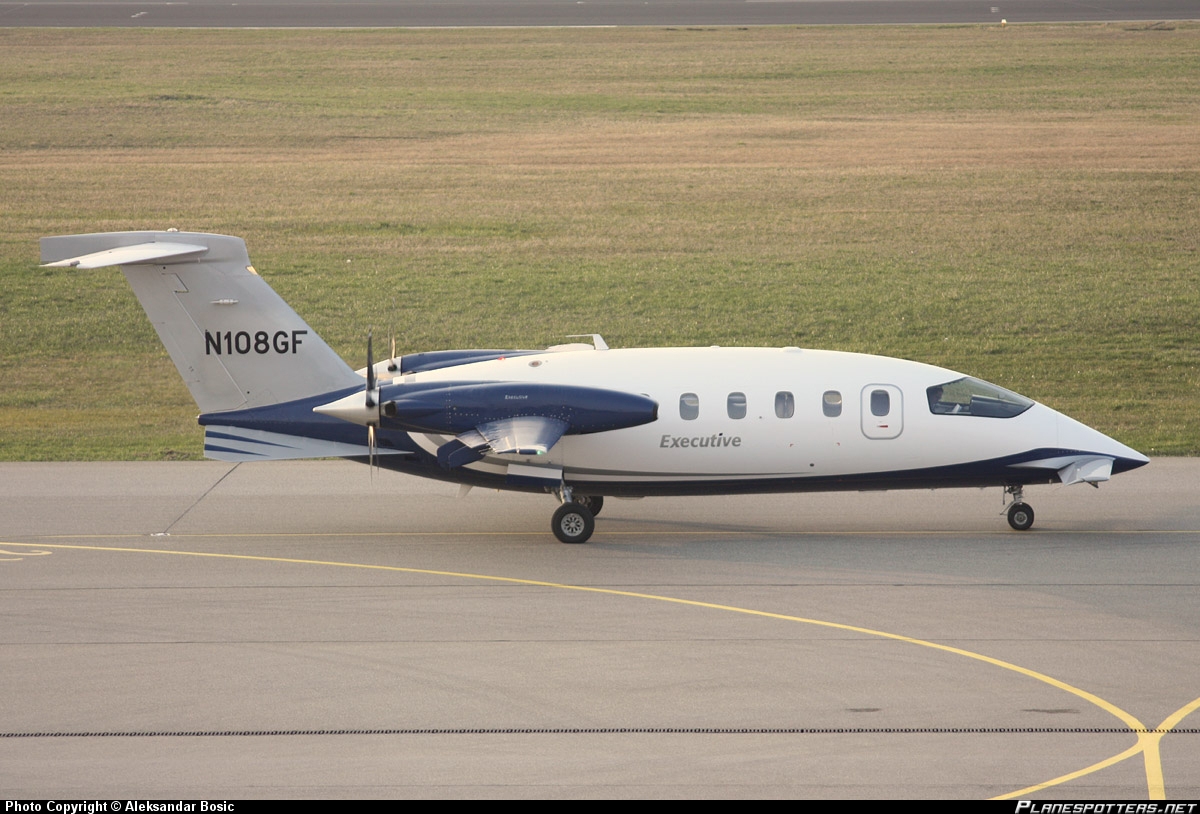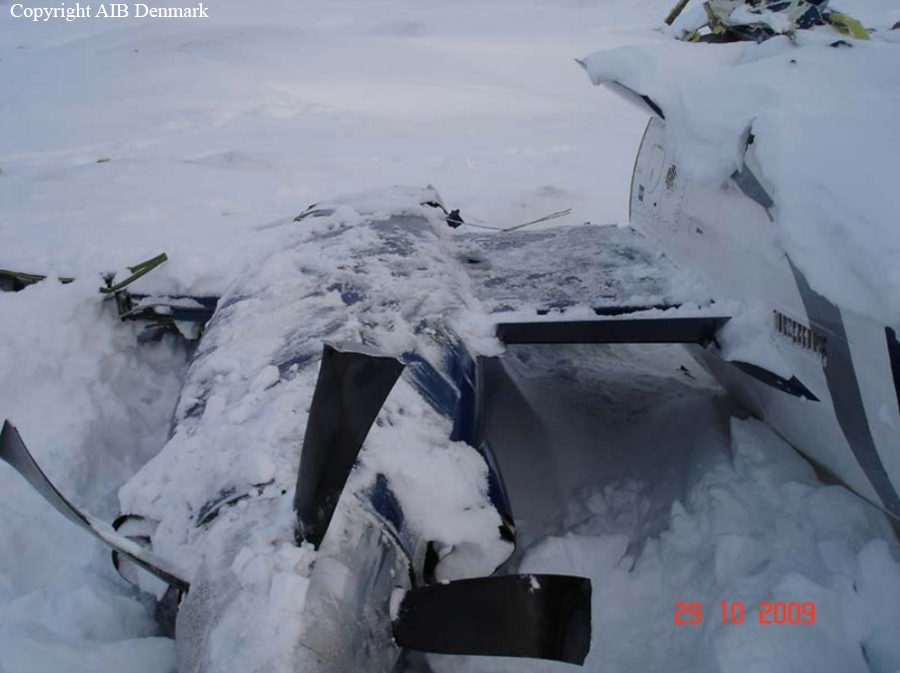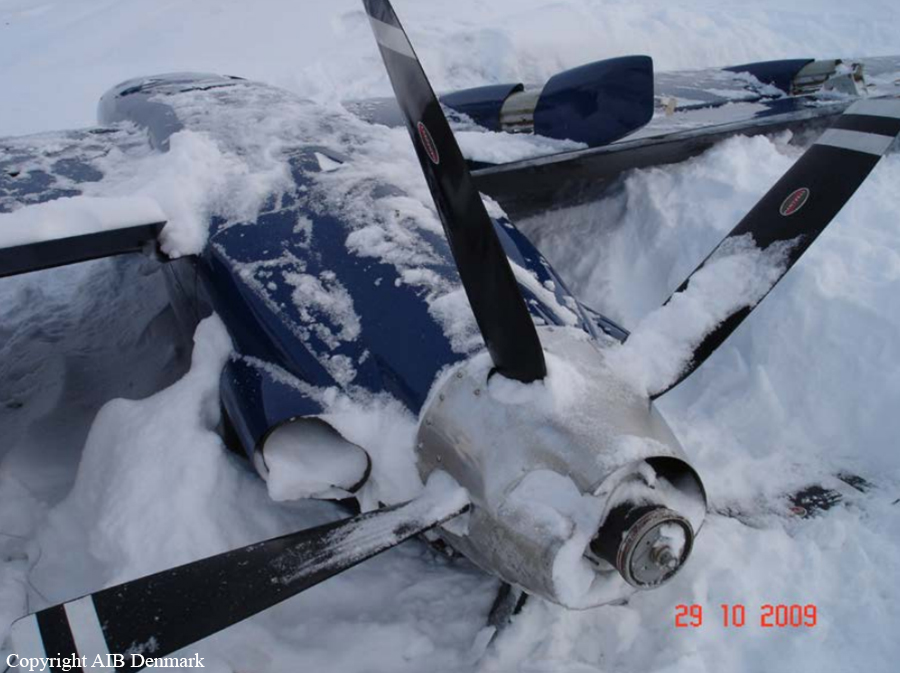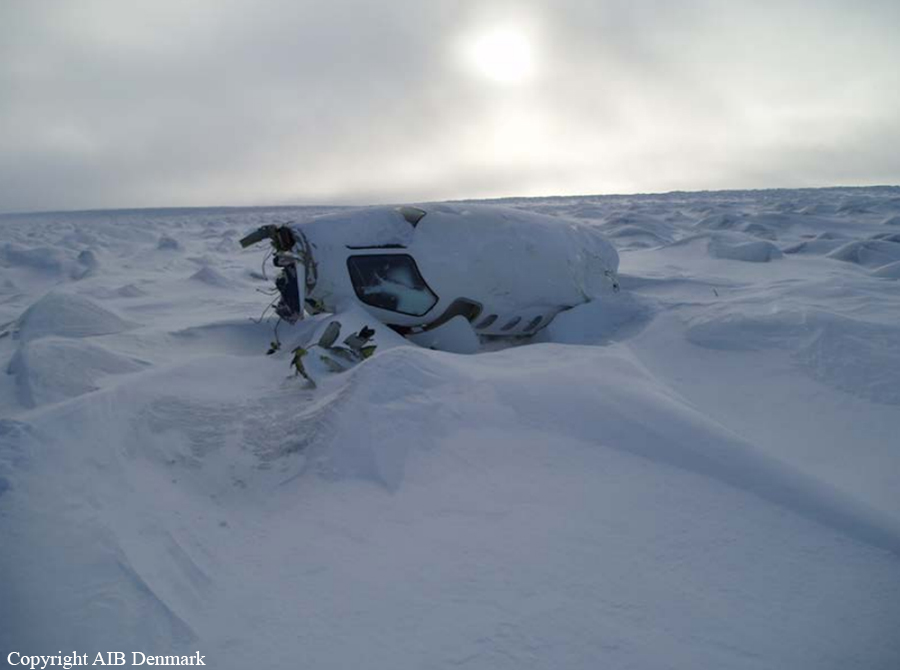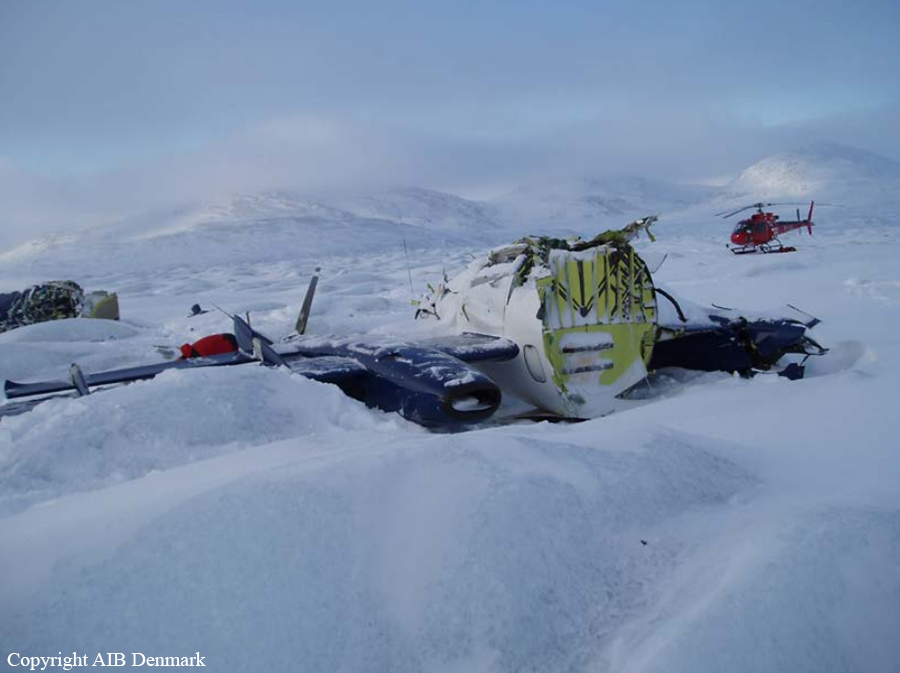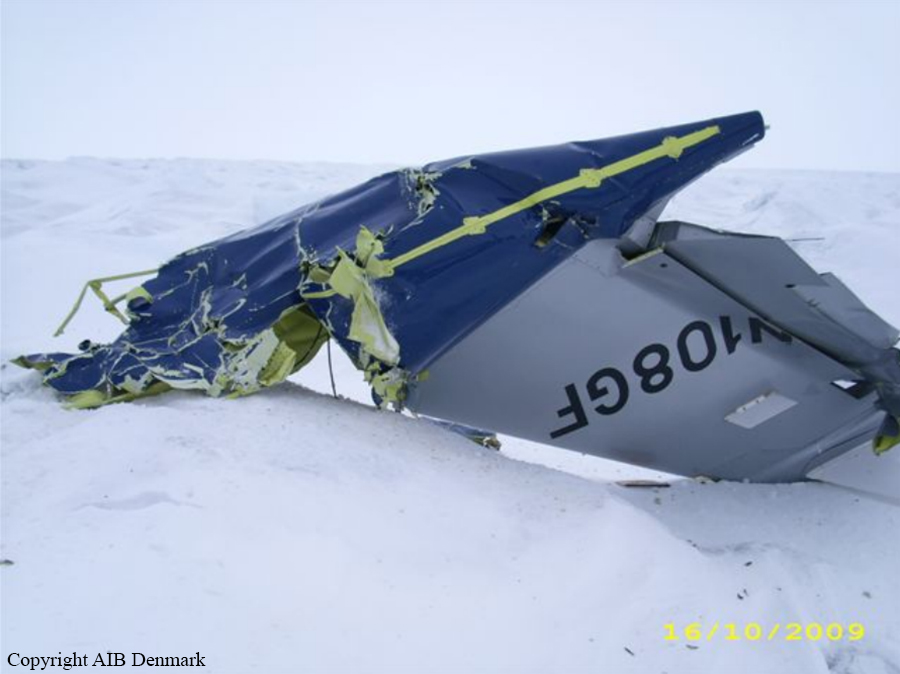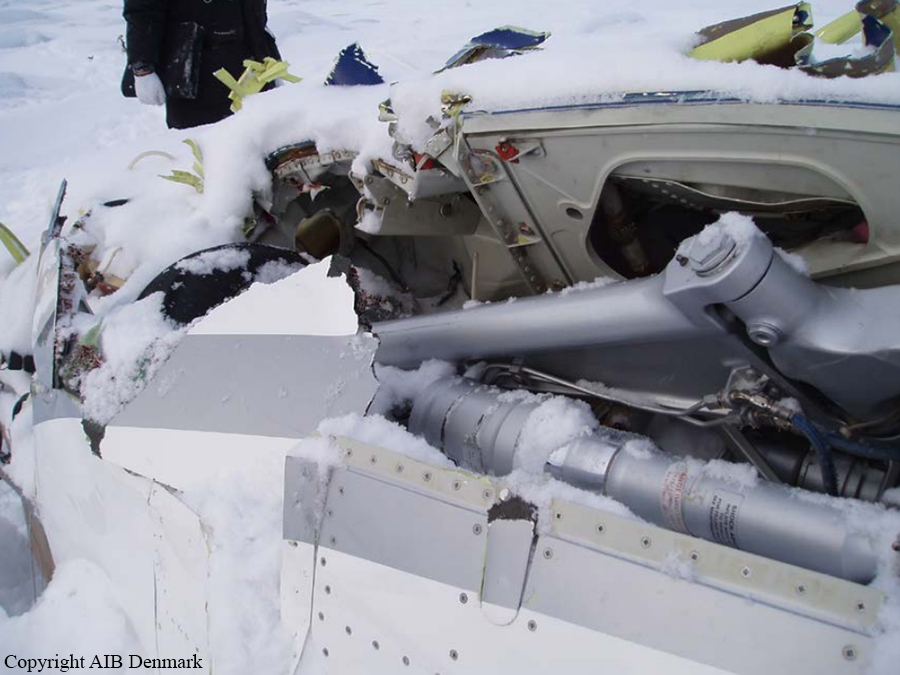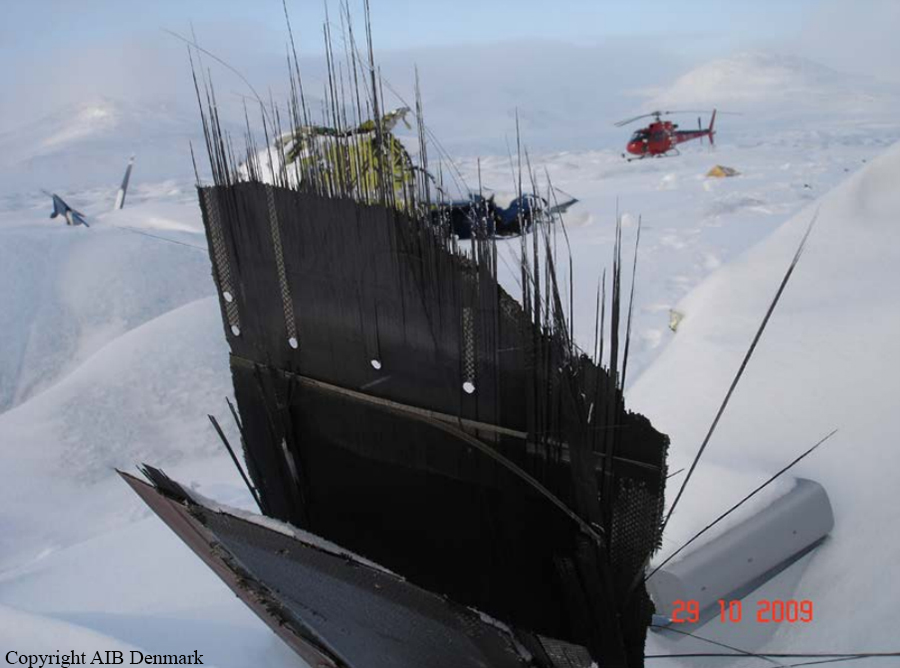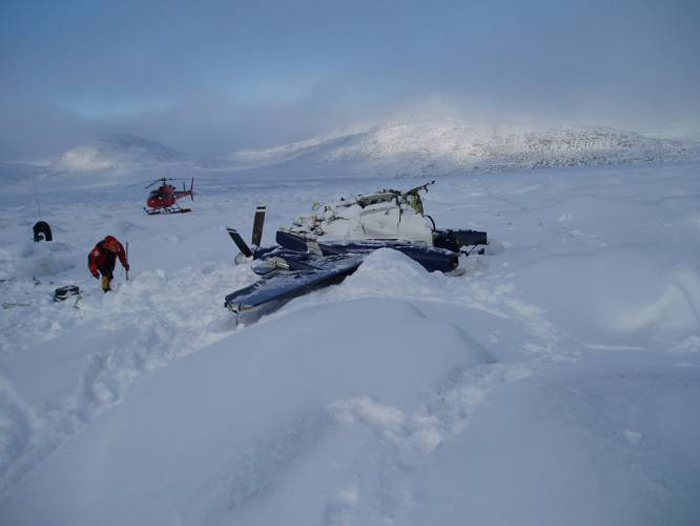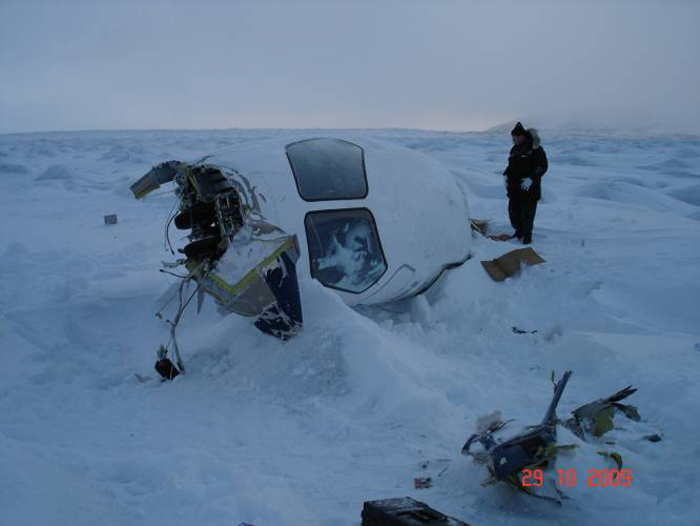Crash of a Piper PA-46-310P Malibu off Qaqortoq
Date & Time:
Jul 29, 2024 at 1217 LT
Registration:
D-EOSE
Survivors:
Yes
Schedule:
Goose Bay – Narsarsuaq
MSN:
46-08010
YOM:
1986
Crew on board:
1
Crew fatalities:
Pax on board:
1
Pax fatalities:
Other fatalities:
Total fatalities:
0
Circumstances:
The crew was returning to Europe after taking part to the AirVenture airshow in Oshkosh. Following a fuel stop in Goose Bay, the crew continued to Narsarsuaq, Greenland. Approaching the southwest coast, the pilot sent a mayday message then ditched the airplane off the village of Qaqortoq, about 60 km southwest of Narsarsuaq. Both occupants found refuge in a dinghy and were rescued about 30 minutes later. The airplane sank.
